MESSAGE
ver the past half century, the story of Alaska has been shaped by the oil and gas industry, and the heart of that industry has been centered in Prudhoe Bay.
Today it is easy to hop in your pickup and drive to the end of the Dalton Highway, 495 miles north of Fairbanks. Fifty years ago this spring, past and current Associated General Contractors, or AGC, of Alaska members embarked on the mission to bring road access from Livengood to Prudhoe Bay with construction of the Haul Road, now called the Dalton Highway.
In the spring of 1974, Alyeska Pipeline Service Company began to award contracts for construction of the road from the Yukon River to Prudhoe Bay. A Fairbanks Daily News-Miner article from April 5, 1974, details the strategy of splitting the 358-mile project into sections, which allowed it to be completed in just five months. Green-Associated Pipeline, a joint venture of Associated Pipeline Contractors, Inc. and Green Construction Company, along with Burgess Construction Co., Morrison-Knudsen Corporation, and General-Alaska-Stewart, were the prime contractors, with subcontracts awarded to Alaska firms including DNH Development Corporation, Tundra Contractors, Inc., Brice, Inc., Alaska Diamond Drill Contractors, Inc., Morgan Construction, Inc., and J.R. Clinton Company.
The completion of the Haul Road, and a few years later, the Trans Alaska Pipeline System, have left a physical reminder of what can be done by a determined construction industry and helped make Alaska the state it is today. The workforce that built the initial megaprojects through the heart of the state continued to maintain that infrastructure and embark on other development projects, from Point Hope to Ketchikan. Over time our industry has matured, evolved, and sometimes consolidated, but the can-do attitude of that original generation that built the Haul Road remains part of our culture and who we are.
Until then, I encourage you to take a moment this season to think about the work that was happening fifty years ago on the northern third of our state—and to also think about what we need to do as an industry and an association to keep the spirit and perseverance of that time alive and well in our daily operations.
As we look forward to the next generational project that will shape Alaska, remember where we came from. The challenges today are similar, and we have the tools to meet them. Through training, workforce development, advocacy for common sense policies and regulations, and celebration of our industry to the public, we will be ready to take on the trial of that job with our Alaska resources and local support.
